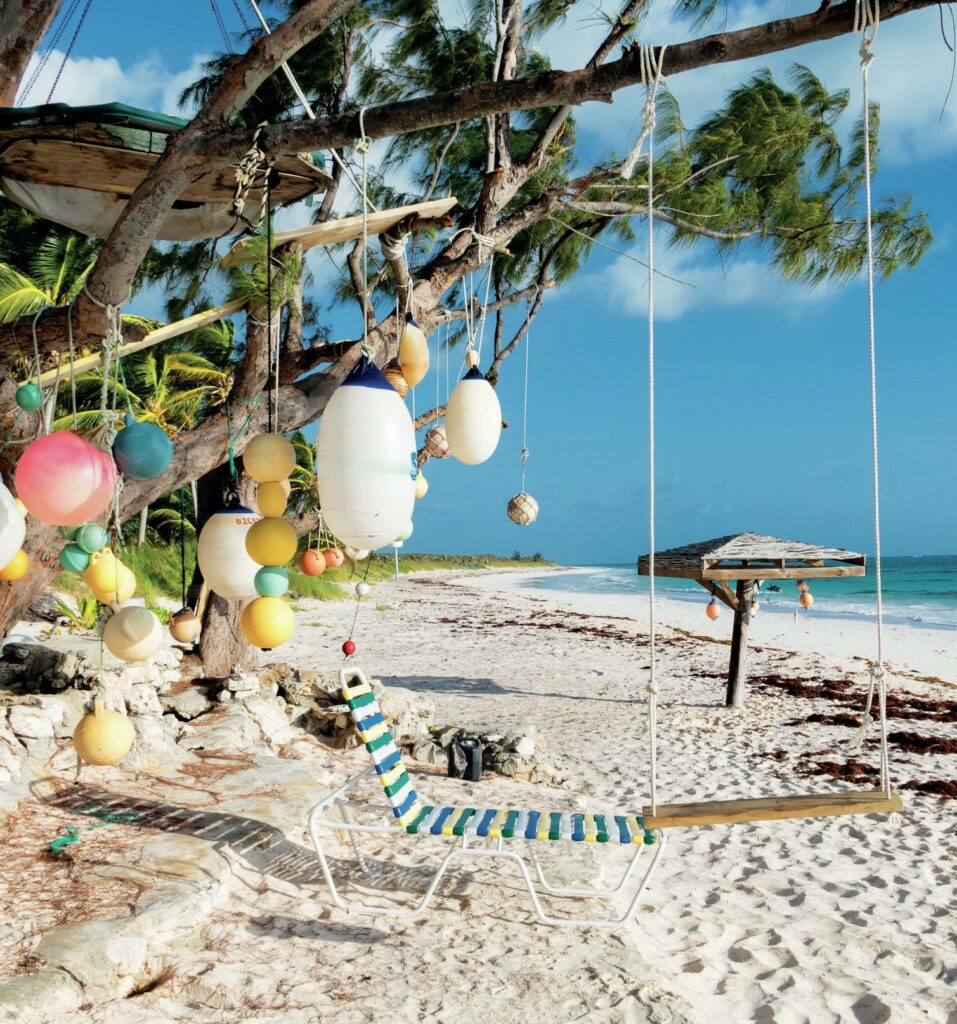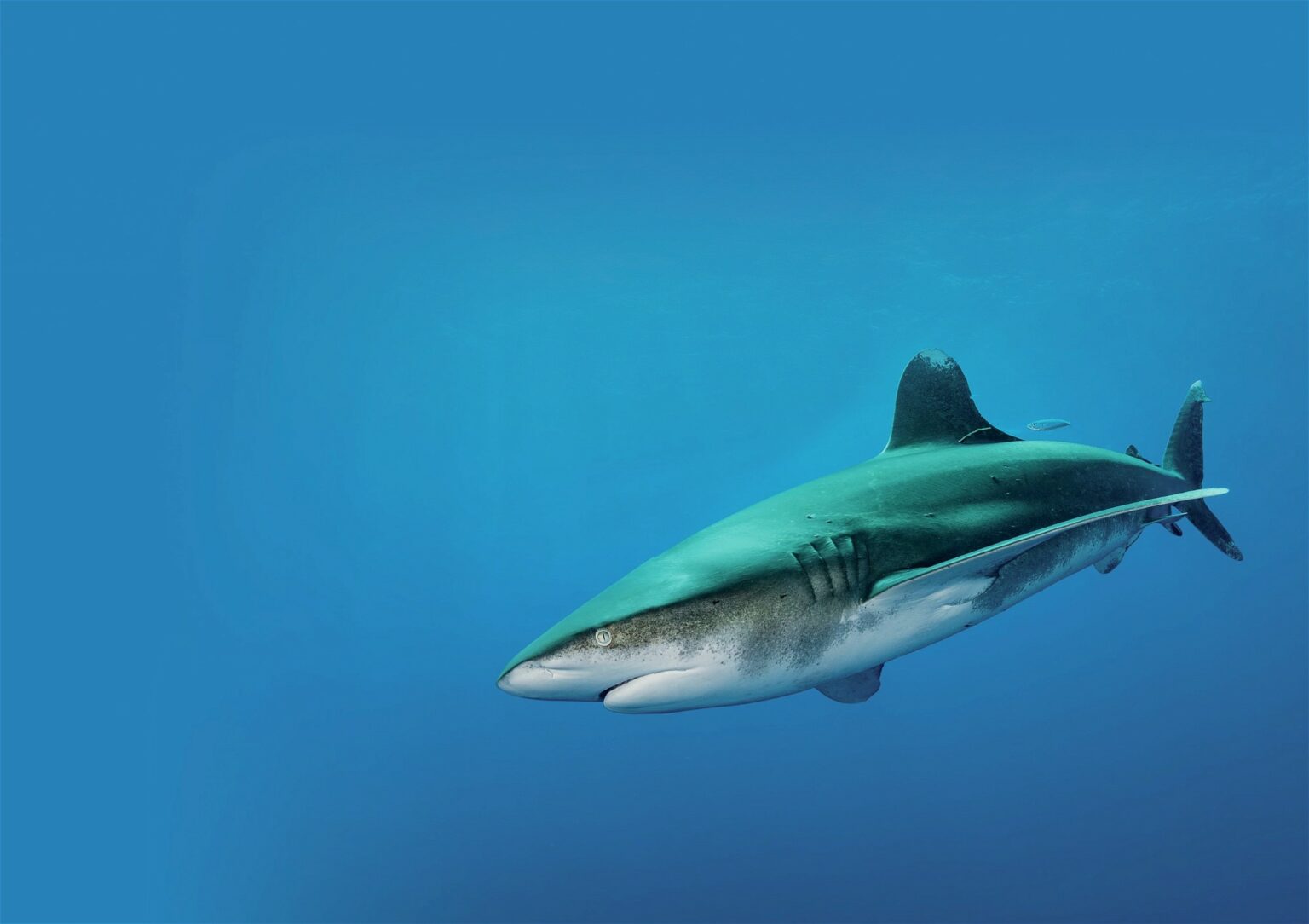Don Silcock looks at the enigmatic oceanic whitetip shark.
Photographs by Don Silcock.
It seems almost unbelievable that as recently as the mid-1960s, the oceanic whitetip shark (Carcharhinus longimanus) was widely considered to be one of the most-abundant large animals in the world.
And now, just 60 years later, these sharks are on the IUCN Red List as ‘vulnerable’ globally and ‘critically endangered’ in areas of the Atlantic Ocean. All because of the appalling impact of long-line fishing globally and the consumption of shark fin soup in China!
Oceanic whitetips as by-catch
Oceanic whitetips roam in what scientists call the ‘mixed surface layer’ of the water column, which in layman’s terms means from the surface down to about 150m.
This is their domain and where they are the apex predator, travelling slowly but efficiently over great distances with their large, almost winglike pectoral fins – longimanus is roughly translated as ‘long hands’ in reference to those fins.
In that mixed layer are the tuna, barracuda and swordfish that are their principal source of food, but it is also where the long-lining fishing boats concentrate much of their effort.
Opportunistic feeders, oceanics are drawn to those lines of death in astonishing numbers, with clear indications that it has caused population declines of at least 70–80% in all three ocean basins. While oceanic whitetips are not specifically targeted by the long-liners, they provide a lucrative sideline as their large and distinctive fins are highly prized in the international fin trade.
The really appalling aspect of oceanic by-catch though, is that because their meat is considered as low value, the sharks are usually separated from their prized appendages and then thrown back in to the water to drown!
This hideous practice has gone on for many years and while there are signs it is now changing in the regulated areas such as the US Northwest Atlantic, there is little doubt that it continues in less controlled areas.
Underwater encounters
Until fairly recently the Red Sea was considered the best place to see oceanic whitetips, typically in remote locations such as the Brother Islands and Elphinstone in Egypt, or the isolated reefs of southern Sudan.
Significantly though, those sightings are generally of lone individuals and little is known about the overall population of oceanics in the Red Sea.
Oceanic whitetips are formidable animals that can reach almost four metres in length and have a reputation to match their size – Jacques Cousteau once describing them as ‘the most dangerous of all sharks’.
When encountered underwater they have an intimidating and inquisitive presence, seeming to have no fear whatsoever, a combination that comes over as naked aggression when first experienced.
They will come in very close and even bump you – often repeatedly, which is obviously quite disconcerting to the uninitiated… but it seems that it’s simply their way of checking you out.
Cat Island

Once a common sight in the deep offshore waters around the Bahamas, from around the early 1980s, oceanic whitetips became increasingly rare, and it was assumed they had been cleared out by long-lining.
Although it seemed too late for the oceanics, as part of their overall conservation programme, the Bahamas banned long-lining completely in the early 1990s.
Then around 2005, the fishing community at Cat Island began complaining about sharks stealing their catches – behaviour that oceanics are renowned for, but it was another year before it became clear that something quite special was happening!
Bahamian archipelago, on the eastern boundary of the main limestone carbonate platform called the Great Bahama Bank.
Its eastern and southern shores sit on the edge of that bank and just offshore are the deep waters of the western Atlantic Ocean Basin and the rich Antilles Current that sweeps up the coast as it heads north.
It is a perfect location to fish for large pelagic fish like marlin and tuna and precisely why the fishermen were there… it’s also the perfect spot for oceanic whitetips to reappear!
The discovery was incredibly important, because there on the tip of Cat Island was what appeared to be a healthy population of oceanic whitetips – almost completely opposite to the rest of the world, where declines of 80-90% had become the norm.
It also provided the first opportunity anywhere for scientists to tag whitetips and track their movements to understand why they were recovering.
In the water with the Cat Island oceanics The Bahamas are basically the ‘shark diving capital of the world’ because of the tiger shark encounters at Tiger Beach on Grand Bahama, and those with the great hammerheads at Bimini.
Those encounters are a two-dimensional experience, where you are kneeling on a sandy area in shallow water and the sharks approach you from the front – all reasonably predictable and relatively easy for the support divers to literally ‘watch your back’. Cat Island however is a three-dimensional experience, because you are in blue water and your only point of reference is the white bait crate suspended at 10m.
The oceanics are attracted by the bait, but are not fed as the mere scent seems to be enough to keep them engaged… And engaged they truly are, exhibiting no apparent fear and approaching extremely close – often to the point of bumping your dome port!
They also sneak up from behind, above and below, often coming so close that they touch you with those long fins… As exciting as all that is, I never really felt in any real danger as it is all just their way of trying to find the weakest link!
This article was originally published in Scuba Diver ANZ #55.
Subscribe digitally and read more great stories like this from anywhere in the world in a mobile-friendly format. Link to the article








